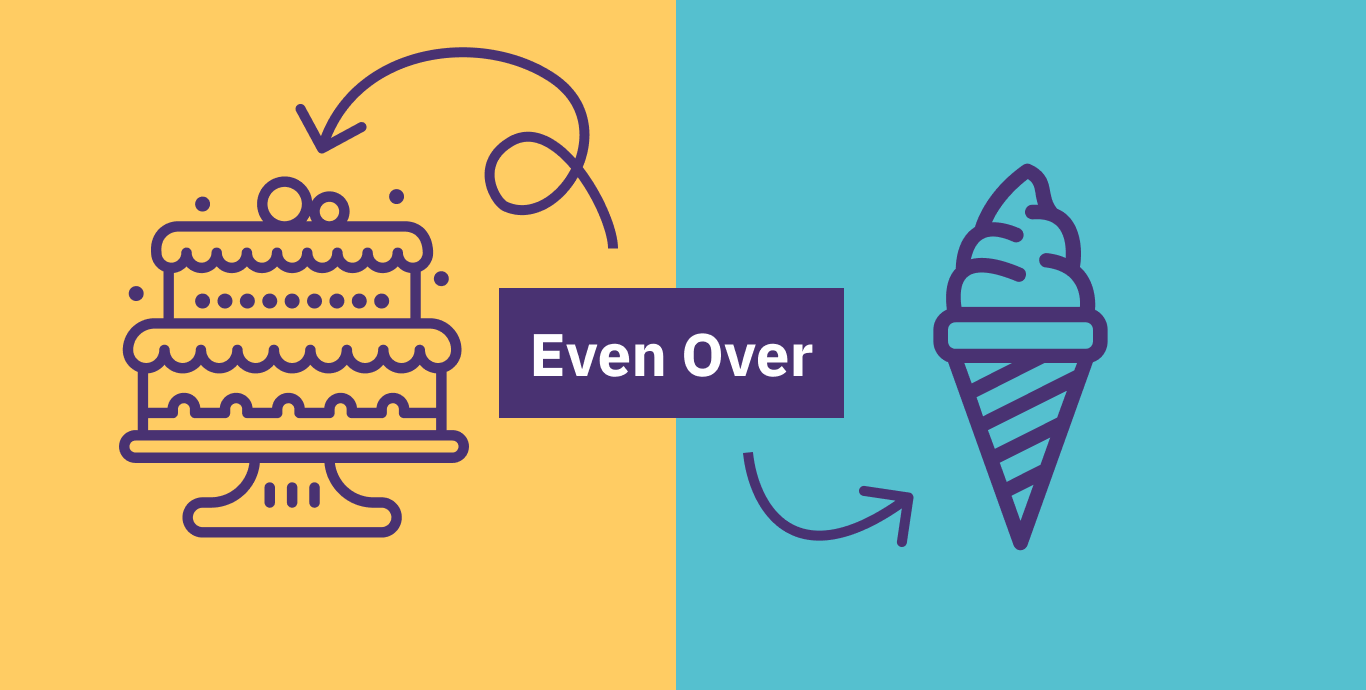How to Use Even Over Statements for Prioritization | Parabol
!tags:: #lit✍/📰️article/highlights
!links::
!ref:: How to Use Even Over Statements for Prioritization | Parabol
!author:: Aviva
=this.file.name

Reference
=this.ref
Notes
ll creative people are capable of making a list of ideas longer than their capacity to execute upon them. A form of organizational paralysis is caused by people working together without a process to select which ideas turn into active projects.
- View Highlight
-
(highlight:: Strategy is about choice. It’s about making tough calls. It’s about favoring one good thing over another.
The question on the table often isn’t, “do we choose between cake and a shit sandwich?” It’s instead between two good alternatives like, “shall we go with cake or ice cream?”)
- View Highlight
-
(highlight:: We take these ideas and we rank them according to 3 factors:
• Strategic Alignment to our even over statements*,*
• Time Criticality, and
• Job Size.
Then,we calculate the idea’s priority score like this:
(Strategic Alignment + Time Criticality) ÷ Job Size = Priority Score
This formula is a modification of the Scaled Agile Framework’s Weighted Shortest Job First prioritization model. When we calculate each of the factors we play a sort of planning poker.)
- View Highlight
-
(highlight:: We also come up with values for Time Criticality and Job Size.
Time Criticality is our best guess of the urgency of the work and answers the question, “if we don’t do this now, will the opportunity go away?” Its values range from, “must be done ASAP,” through, “before our next planning session,” to, “can be done someday.”
Job Size is a rough estimate of how much effort it would take for our team to tackle. Its values range from, “can be done in about a day,” through, “within a single three-week sprint,” to, “multiple epics.” We also score Time Criticality and Job Size on a scale from 5 to 1.)
- View Highlight
-